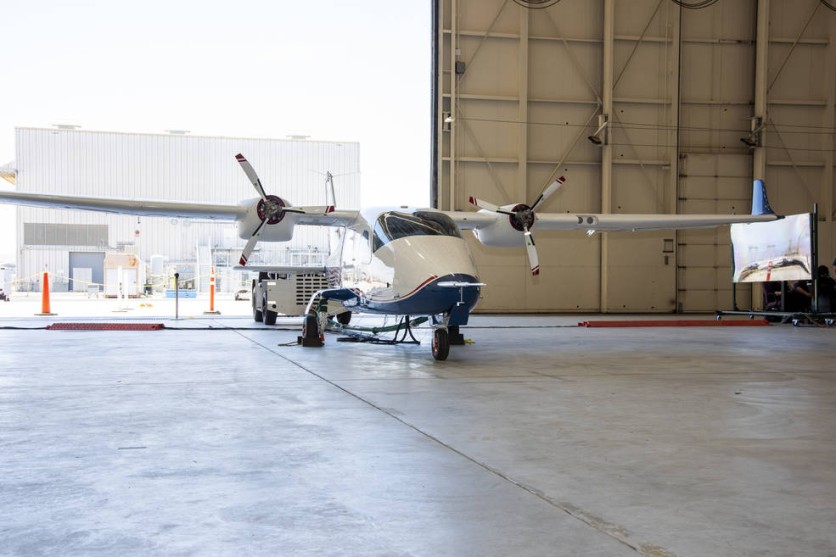NASA's all-electric aircraft is one step closer to taking its wings to the skies after conducting successful thermal testing of its cruise motor controllers, according to the space agency's recent update on Feb. 3.

Significance of Thermal Testing
NASA noted that thermal testing is significant since it confirms the controllers' functionality, design, and quality. These controllers are crucial parts for powering the experimental electric motors on the X-57.
Additionally, these intricate systems must resist harsh circumstances while in flight because they contain temperature-sensitive components.
The cruise motor controllers use energy from the lithium-ion batteries in the aircraft to power the motors and drive the propellers.
During high power take-off and cruising, the controllers offer 98% efficiency using silicon carbide transistors, which means they produce minimal heat and can be cooled by the air moving through the motor.
Each flight motor controller withstood a recent test at NASA's Glenn Research Center in Cleveland, where the temperature range they may experience during the flight was applied to the test chamber's operation (minus 11 to 147 degrees Fahrenheit).
The testing team carefully observed how the power and control components in the controllers responded to temperature changes to ensure that they remained within the components' permissible temperature range limits.
The cruise motor controllers were also closely watched to ensure they operated properly during piloted research flights.
One Step Closer
NASA said that one of the biggest challenges for the aircraft is integrating all of Maxwell's systems and ensuring they operate together.
But now, the X-57 team is one step closer to reaching flighting since the ground tests have verified the controllers under the most extreme temperature conditions predicted in flight.
NASA also claims that the new X-57 can be 500% more efficient at cruising speeds than a conventional plane. This might even produce very little noise and no in-flight emissions.
The electric aircraft has a wing with a high aspect ratio and 5 f. diameter wingtip propellers.
The aircraft will serve as the benchmark for all upcoming all-electric aircraft and establish rules for the planes certified to operate.
According to NASA, the aircraft is entirely propelled by a modern distributed electric propulsion system and does not require any fuel or combustion engines.
The X-57 Maxwell was named after Scottish physicist James Clerk Maxwell, who developed the principle of electromagnetism.
The next significant stage before researching flights is conducting a Flight Readiness Review at NASA's Armstrong Flight Research Center in Edwards, California.
Related Article : NASA Will Land On The Moon For The First Time in 50 Years l Here's Everything You Need To Know About Artemis 1

ⓒ 2026 TECHTIMES.com All rights reserved. Do not reproduce without permission.




